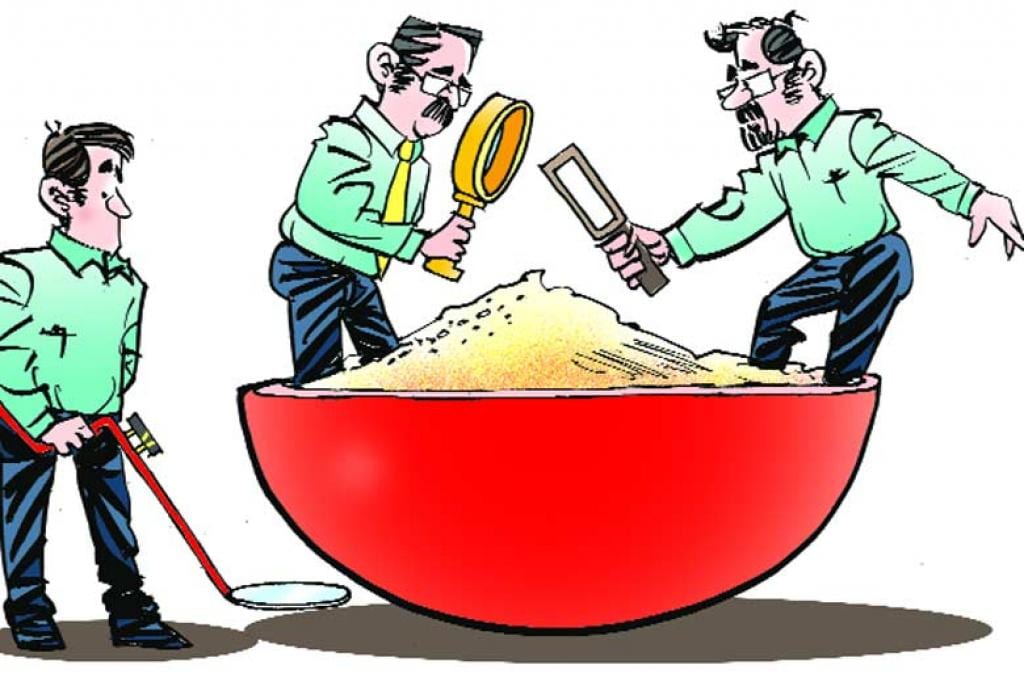Food
Food Safety Regualtions in India

Food is life but safety comes first! Good food means something that that is both pleasing to the senses and not detrimental to health. And it is possible because of Food Safety Regulations that make sure your favourite restaurant won’t make you sick. So what are these regulations and how are they implemented? Two acronyms- FSSAI and FSS.
FSSAI
It stands for Food Safety and Standards Authority of India. FSSAI is an autonomous body established under the Ministry of Health and Family Welfare, Government of India. As the name implies, this is the body that overlooks the regulations regarding food safety in the country. It appoints food safety authorities on state-level. Formed in August 2011, its objective is to protect and promote public health. Though its headquarters are in Delhi, it also has 6 regional offices across the country. The FSSAI consists of 22 members under a non-executive chairman appointed by the Central Government.

Apart from being responsible for setting standards for food, it is also responsible for laying down guidelines for laboratories for food testing and contributing to the development of international technical standards in food.
Collecting and collating data regarding food consumption & contamination and using it to promote awareness regarding food safety and nutrition in India is also one of its responsibilities and so is to regulate storage and distribution of food.

FSS
The Food Safety and Standards Act (FSS), 2006 is the primary law for regulation of food products. The FSSAI was also formed under this act and it sets up the formulation and enforcement of food safety in India. When the FSS act was passed, it took 7 older acts regarding food safety under it. These acts included:
• Prevention of Food Adulteration Act, 1954 (its objective was to ensure pure and wholesome food to the consumers and also to prevent fraud).

• Fruit Products Order, 1955 (to manufacture fruit and vegetable products maintaining sanitary and hygienic conditions).
• The Solvent Extracted Oil, Deoiled Meal and Edible Flour (Control) Order, 1967 (in order to eliminate the contamination of oil from the solvent used).
• Meat Food Products Order, 1973 (all manufacturers of meat food products engaged in manufacturing, packing, repacking and relabeling, are to be licensed except for those meant for consumption on spot like restaurants).

• Milk and Milk Products Order, 1992 (any person/dairy plant handling more than 10,000 liters of milk per day or 500 million ton of milk solids per year has to be registered with the authority appointed by the Central government).
• Vegetable Oil Products (Control) Order, 1947 (also Regulation order 1998- for proper regulation of manufacture, distribution and sale of Vegetable oil products).
• The Edible Oils Packaging (Regulation) Order, 1998 (to make the packing of edible oils at pre-determined prices, sold in retail, mandatory).





























